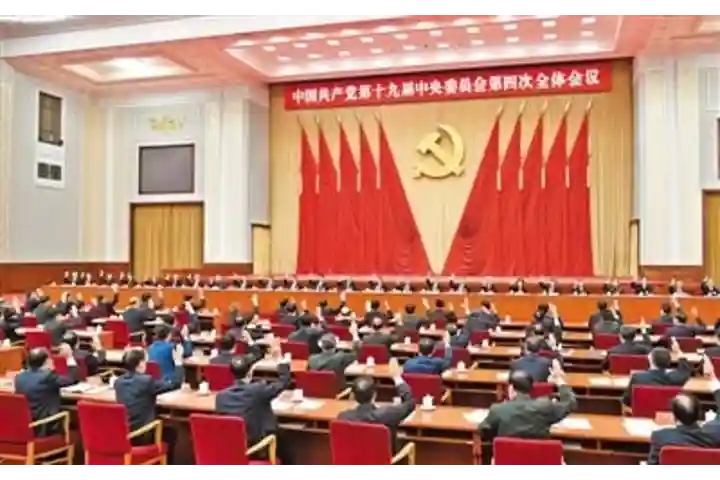Amid rising economic challenges and a slowdown in growth, China is rapidly getting caught in its own debt trap. The ballooning hidden debt, which has been piling up for years, is now starting to haunt Beijing. Anxiety and fear have gripped the Chinese as several debt-ridden local governments in China have quietly started slashing spending. Many have had to resort to sharp pay cuts for their employees as well.
What’s worse is that little help has come from Beijing.
Reports have indicated that the debt burden is likely to worsen in the coming years.
The International Monetary Fund estimated China’s hidden debt at $9.23 trillion — double of what it was in 2017. According to Goldman Sachs, the country’s public debt which includes hidden debts could be at $23 trillion. But it is difficult to assess the real situation due to under-reporting and window dressing.
Guizhou province in southwest China is one of the worst affected. Sources said that provinces such as Hebei, on the outskirts of Beijing, and Henan among others are also struggling. For instance, the local government in Hebei has accumulated huge debts following a decision to shut down its highly polluting factories and transition into a green-economy– an experiment that is yet to pay off. In Guizhou, the government has tried to turn it into a world-class IT and tourism hub investing heavily in enabling infrastructure. But the response within and outside China has been tepid.
While China’s official debt to GDP –an indicator of how well a country has managed to pay back its debt in relation to its GDP—77 per cent, most analyses have indicated that it is in three digits.
Deftly, Beijing has kept direct borrowings by the central government at a reasonable level but the accounts of the local governments and its state owned enterprises and banks are mired in a web of secrecy. The local governments have also been financing the ambitious multi trillion Belt and Road Initiative (BRI). With the Covid 19 pandemic and the Russia-Ukraine war, many of the BRI projects have either got delayed with cost overruns or countries have run into financial crises giving China almost no return on its massive investments. Most local governments have their local government financing vehicles – special purpose vehicle — to manage the finances.
“Struggling to scrape together enough cash, local officials from some of China’s most debt-ridden regions feel as though they’ve exhausted all options – and some have even posted about their plights online, in hopes of garnering much-needed assistance from the central government, Hong Kong based South China Morning Post said, adding that such comments however have been quickly removed.
To add to the problems, China’s factory output remained in the red for the fourth straight month in July. For July the manufacturing purchasing managers’ index (PMI) — a key measure of factory output — stood at 49.3. Though it is an improvement over 49 in June, it reflects a contraction. Any reading below 50 is considered contraction.
Also read: China, Pakistan claim CPEC is a success story, but is it for real?




















